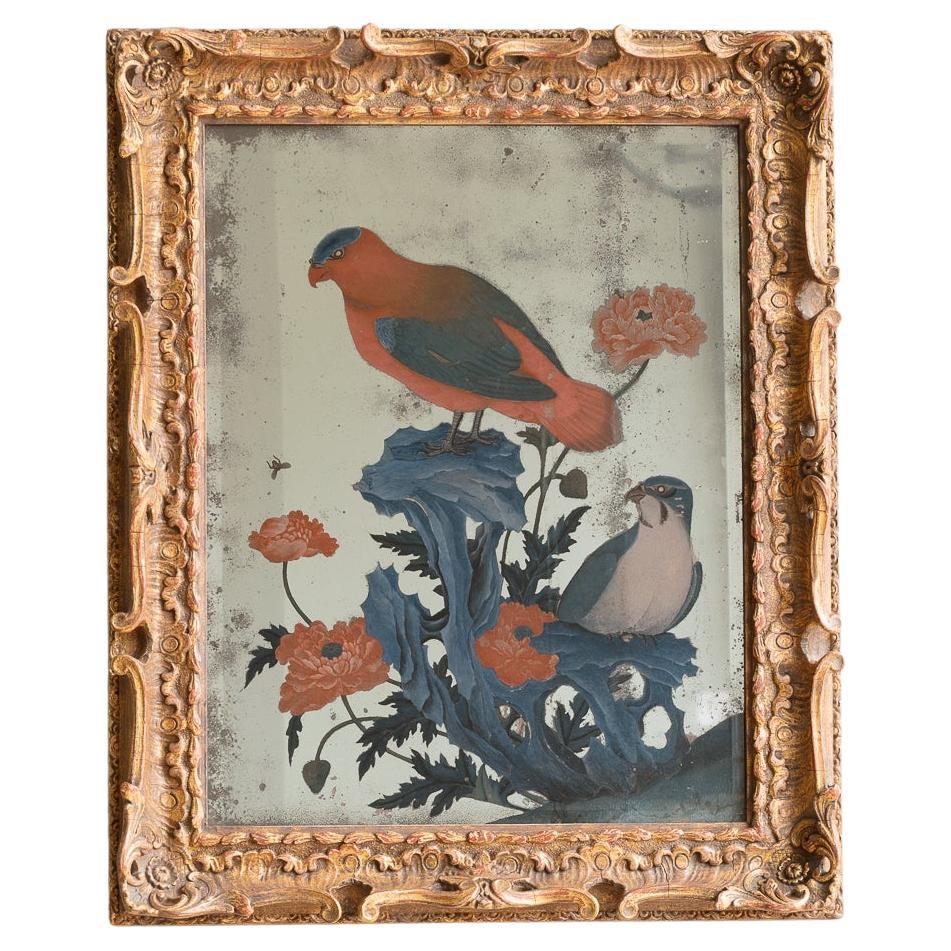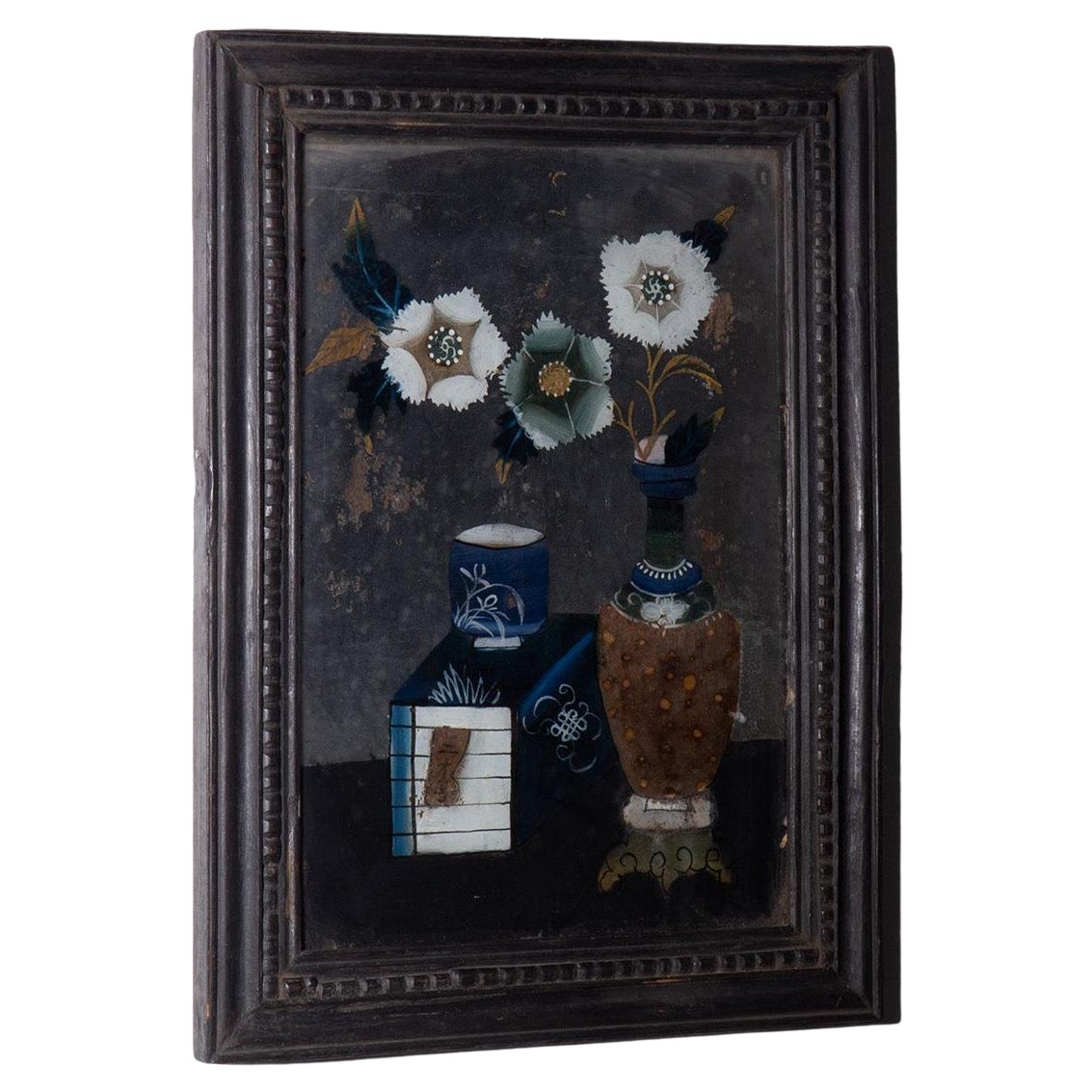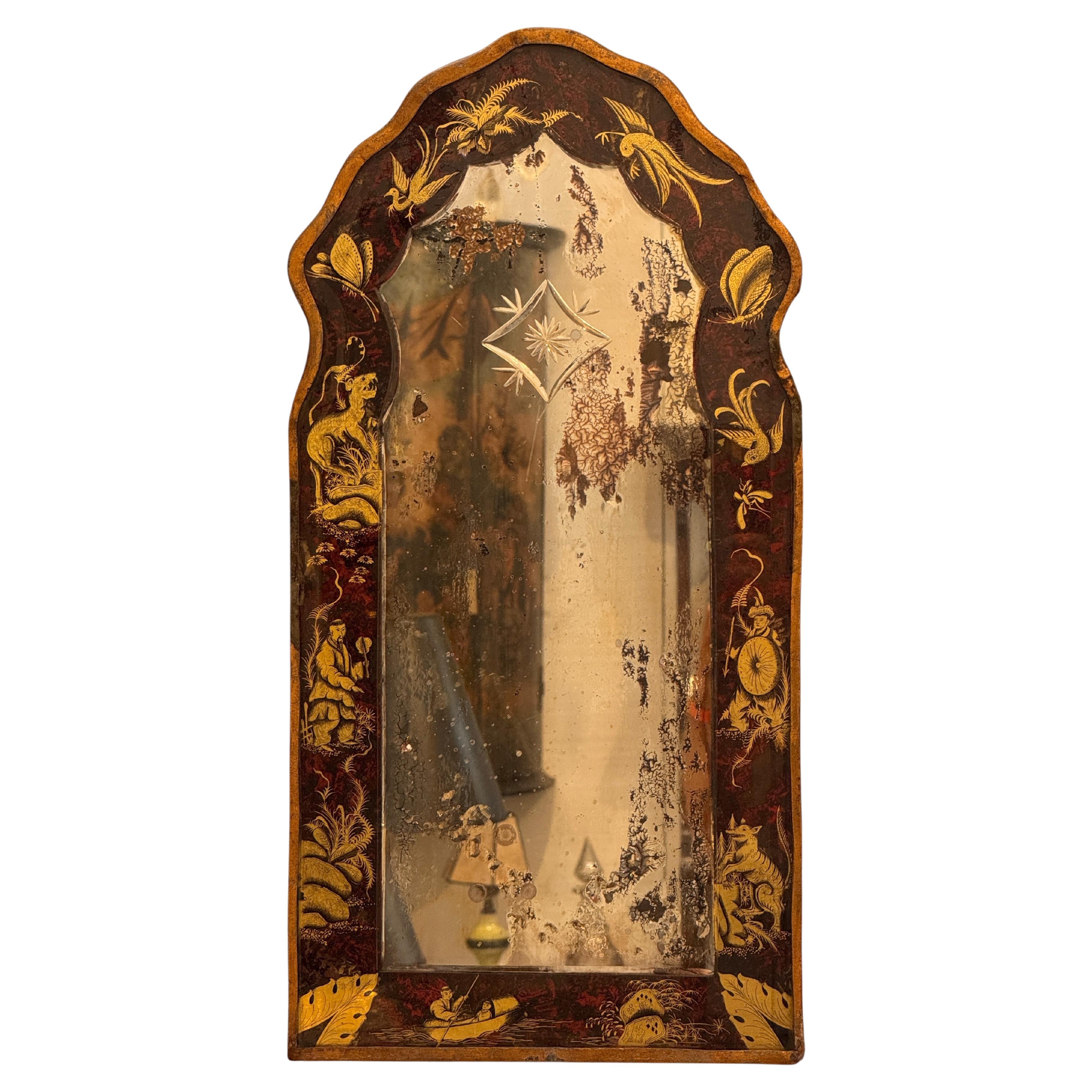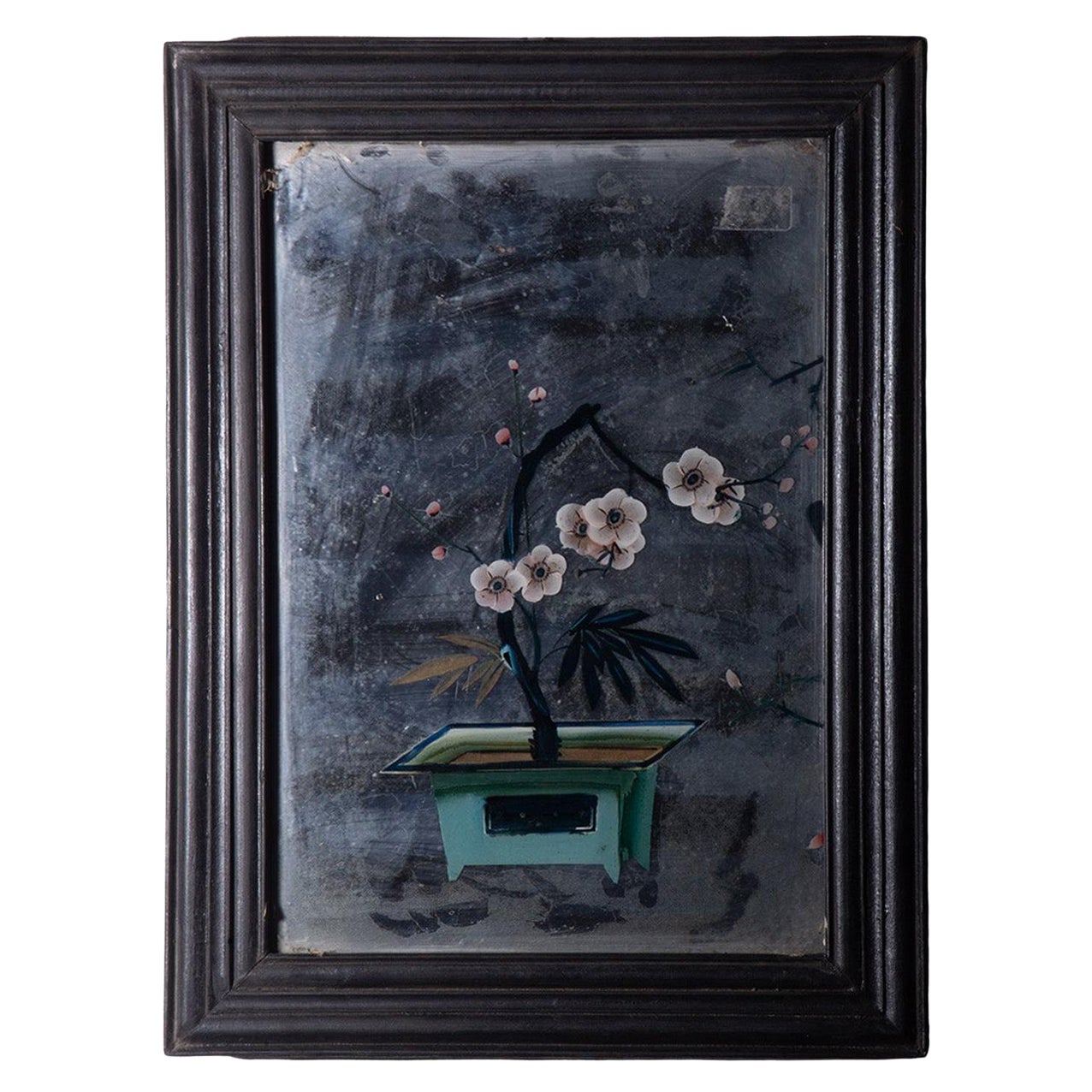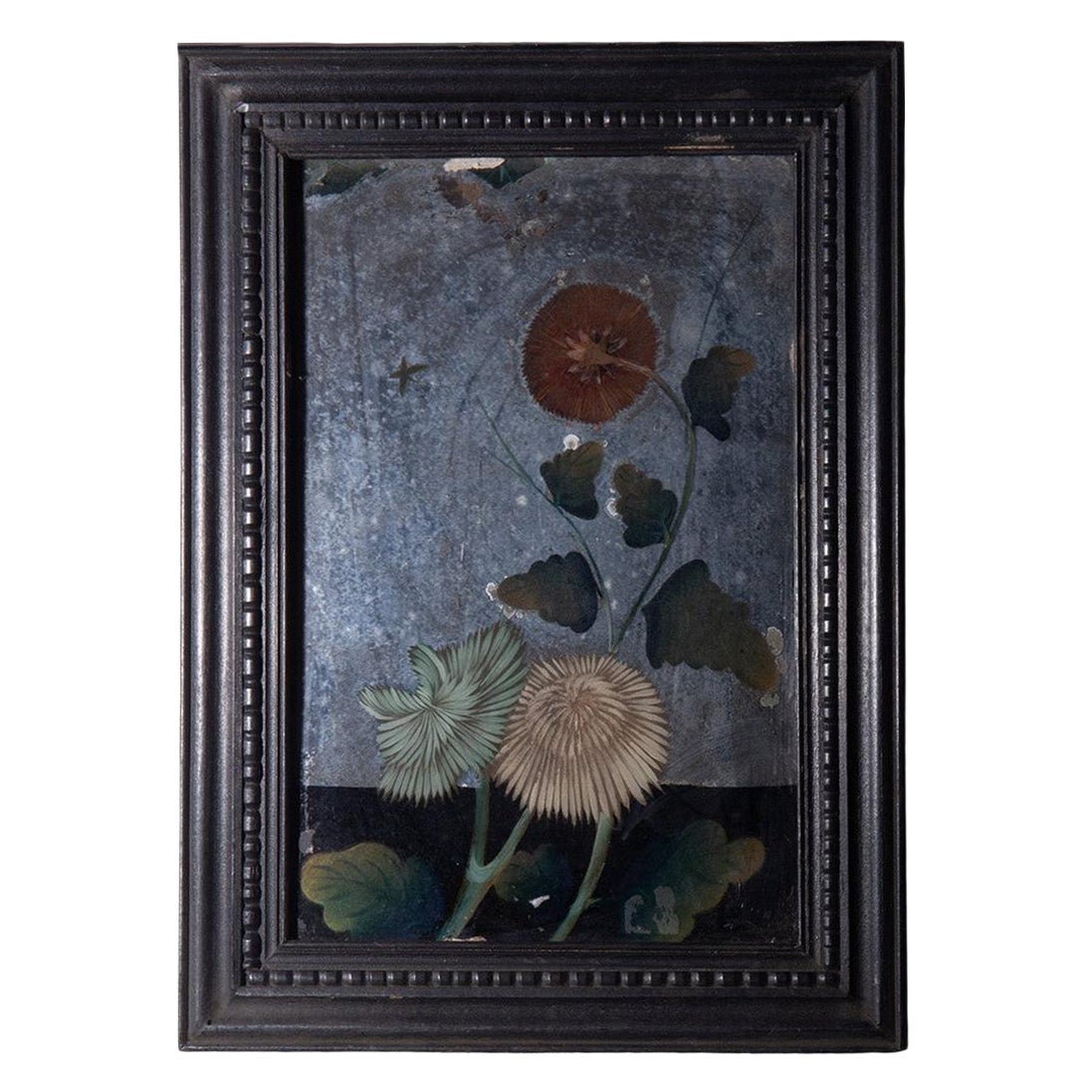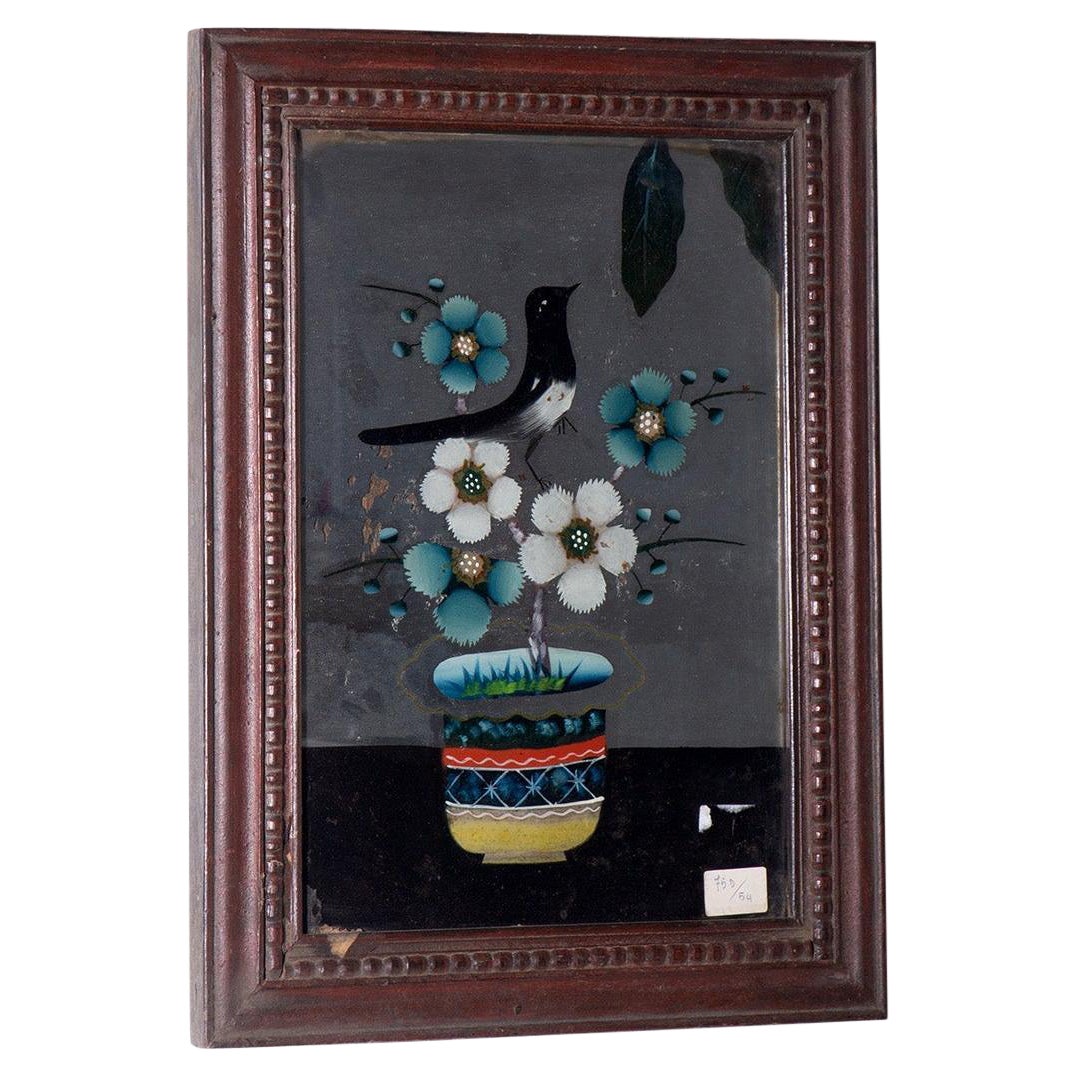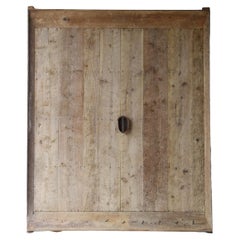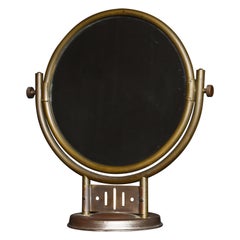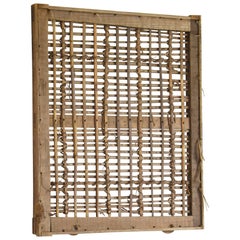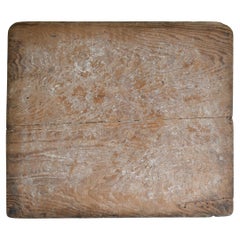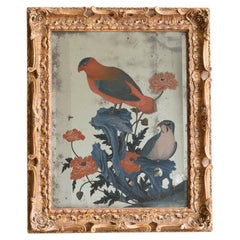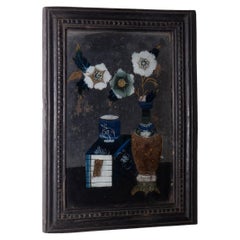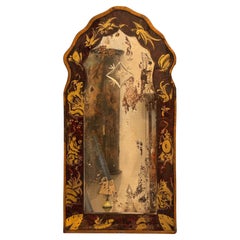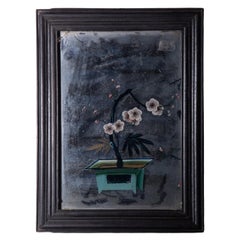Items Similar to Japanese Antique Mirror Depicting Birds, Plum Blossoms, and Peonies 1860s-1900s
Want more images or videos?
Request additional images or videos from the seller
1 of 20
Japanese Antique Mirror Depicting Birds, Plum Blossoms, and Peonies 1860s-1900s
$2,500
£1,940.47
€2,210.85
CA$3,572.77
A$3,891.02
CHF 2,051.60
MX$47,326
NOK 25,798.76
SEK 24,197.12
DKK 16,509.07
About the Item
This is an old Japanese mirror crafted during the Meiji period (1860s–1900s). Despite the passage of time, it retains a quiet and graceful beauty. The mirror surface bears visible cracks that tell the story of its age; yet, rather than viewing them as mere damage, the creator embraced them as part of the mirror’s new expression—an artistic transformation that evokes admiration. Over this aged surface, delicate hand-painted enamel work has been applied, elevating an everyday object into a true work of art.
The painting depicts a bird resting on a plum branch and a blooming peony in the lower right corner. In Japanese symbolism, the plum blossom represents the beginning of spring, while the peony marks its end. Although these flowers never bloom together in nature, they coexist peacefully within this mirror’s frame. The artist likely sought to capture the transition of the seasons—the vitality and transience of life—within a single composition. One can almost imagine that it was painted on a calm, sunlit spring day.
While the mirror still reflects to some degree, being an antique, it shows slight distortions. Therefore, it is best appreciated not as a functional mirror but as a wall-mounted art piece. The gold-colored frame features fine decorative details, and its aged patina adds depth and dignity to the entire work. Depending on the light, the bird and flowers appear to emerge softly from the surface, evoking a serene, timeless stillness.
This mirror embodies the Japanese aesthetic of wabi-sabi—the appreciation of imperfection and the beauty that only time can create. Its cracks, discoloration, and aged texture all form a harmonious whole, expressing beauty born from transience.
In over twenty years as a buyer, I have rarely encountered a mirror so poetic and rare. It is a timeless art piece, born from Japanese sensibility and craftsmanship.
Weight: 9 kg
___________________________
Our Philosophy
Objects always tell the truth.
All I can do is just to face with them sincerely and give
them deep affection as much as I can.
There is no boundary of nationalities and of eras in beauty.
But I think now is the time we choose 'Japanese style' and it
will be the best way to remind us of what we are losing
today and to question us about an essence of beauty again.
I hope that you can touch the memories which the objects here have,
feel and think of something invisible but exists undoubtedly.
- Similar to:Axel Vervoordt (Designer)
- Dimensions:Height: 43.51 in (110.5 cm)Width: 31.7 in (80.5 cm)Depth: 1.58 in (4 cm)
- Style:Meiji (Of the Period)
- Materials and Techniques:
- Place of Origin:
- Period:
- Date of Manufacture:1860s-1900s
- Condition:Wear consistent with age and use.
- Seller Location:Chōsei District Nagara, JP
- Reference Number:1stDibs: LU10403247299202
About the Seller
4.8
Platinum Seller
Premium sellers with a 4.7+ rating and 24-hour response times
Established in 2017
1stDibs seller since 2025
49 sales on 1stDibs
Typical response time: 2 hours
- ShippingRetrieving quote...Shipping from: Chōsei District Nagara, Japan
- Return Policy
Authenticity Guarantee
In the unlikely event there’s an issue with an item’s authenticity, contact us within 1 year for a full refund. DetailsMoney-Back Guarantee
If your item is not as described, is damaged in transit, or does not arrive, contact us within 7 days for a full refund. Details24-Hour Cancellation
You have a 24-hour grace period in which to reconsider your purchase, with no questions asked.Vetted Professional Sellers
Our world-class sellers must adhere to strict standards for service and quality, maintaining the integrity of our listings.Price-Match Guarantee
If you find that a seller listed the same item for a lower price elsewhere, we’ll match it.Trusted Global Delivery
Our best-in-class carrier network provides specialized shipping options worldwide, including custom delivery.More From This Seller
View AllJapanese Antique Huge Sliding Door or Wall Decoration 1860s-1900s / Wabi Sabi
By Axel Vervoordt
Located in Chōsei District Nagara, JP
This is an old, large Japanese sliding door.
It was crafted during the Meiji period (1860s–1900s) and was likely used in traditional houses or storehouses of the time. The material i...
Category
Early 20th Century Japanese Meiji Antiquities
Materials
Iron
Japanese Antique Copper Table Mirror 1920s-1940s / Modern Stand Mirror
Located in Chōsei District Nagara, JP
This is an old tabletop mirror made in Japan.
The frame is made of copper and has a unique, subdued shine.
It was made in the early Showa period (1920s-1940s), and is a gem that show...
Category
Mid-20th Century Japanese Showa Table Mirrors
Materials
Copper, Iron
Japanese Antique Small Door Wall Decoration 1860s-1900s / Abstract Art Wabi Sabi
Located in Chōsei District Nagara, JP
This is an old small window frame made in Japan. It was originally used as a traditional Japanese mud wall fixture. It dates back to the Meiji period (1860s-1900s) and has been in us...
Category
Early 20th Century Japanese Meiji Decorative Art
Materials
Bamboo, Cedar
Japanese Antique Wabi-Sabi Wood Board 1860s-1900s / Wall Decoration
Located in Chōsei District Nagara, JP
This is an old Japanese wooden board called “Mochiita” (rice cake board).
It was used during the Meiji period (1860s-1900s) and is made of pine wood with a rich texture.
As the name ...
Category
Early 20th Century Japanese Meiji Decorative Art
Materials
Pine
Japanese Antique Sliding Door with Galvanized Steel 1860s-1900s / Wabi Sabi
Located in Chōsei District Nagara, JP
This is an old Japanese sliding door with galvanized metal cladding, crafted during the Meiji period (1860s–1900s).
A rare surviving example, this piece showcases the ingenuity and a...
Category
Early 20th Century Japanese Meiji Doors and Gates
Materials
Steel
Japanese Antique Iron Plate Door 1860s-1900s / Low Table Sofa Table Wabi Sabi
Located in Chōsei District Nagara, JP
This is an iron plate sliding door made in Japan.
It is a rare door made in the Meiji period (1860s-1900s), and the craftsmanship of the time still lives on today.
The structure is m...
Category
Early 20th Century Japanese Meiji Doors and Gates
Materials
Iron
You May Also Like
Small Chinese Export Reverse Painted Mirror, Late 18th Century
Located in London, GB
A Small Late 18th Century Chinese Export Reverse Painted Mirror
Depicting two coloured birds perched on a rocky outcrop, with four large peony blooms, the mirror plate with a sligh...
Category
Antique Late 18th Century Chinese Export Decorative Art
Materials
Giltwood
Antique reverse glass painting with floral composition
Located in Milano, IT
This captivating piece is a refined example of reverse glass painting, a precious technique that transports us back to early 19th-century China. The delicate and fragile glass surfac...
Category
Antique Early 1800s Chinese Chinoiserie Wall Mirrors
Materials
Glass, Mirror, Wood
Reverse Glass Mirror with Chinoiserie Decoration
Located in Charlottesville, VA
A reverse glass mirror with scalloped crest, the frame painted in deep red with gilt chinoiserie figures, birds, and foliate motifs. The mercury glass shows natural age with scattere...
Category
Antique 19th Century Wall Mirrors
Materials
Mirror, Paint
Antique Reverse Glass Painting with Bonsai
Located in Milano, IT
This captivating reverse glass painting, created in early 19th-century China, is a rare example of artistic mastery and delicate craftsmanship. The artwork depicts an elegant floweri...
Category
Antique Early 1800s Chinese Chinoiserie Wall Mirrors
Materials
Glass, Mirror, Wood
Reverse Glass Painting with chrysanthemums
Located in Milano, IT
This stunning reverse glass painting, masterfully created in early 19th-century China, features a floral composition that embodies the delicacy and elegance of traditional Eastern ar...
Category
Antique Early 1800s Chinese Chinoiserie Wall Mirrors
Materials
Glass, Mirror, Wood
Reverse Glass Painting with Bird
Located in Milano, IT
This captivating reverse glass painting, created in China in the early 1800s, captures the essence of natural beauty and Eastern delicacy in an ...
Category
Antique Early 1800s Chinese Chinoiserie Wall Mirrors
Materials
Glass, Mirror, Wood
